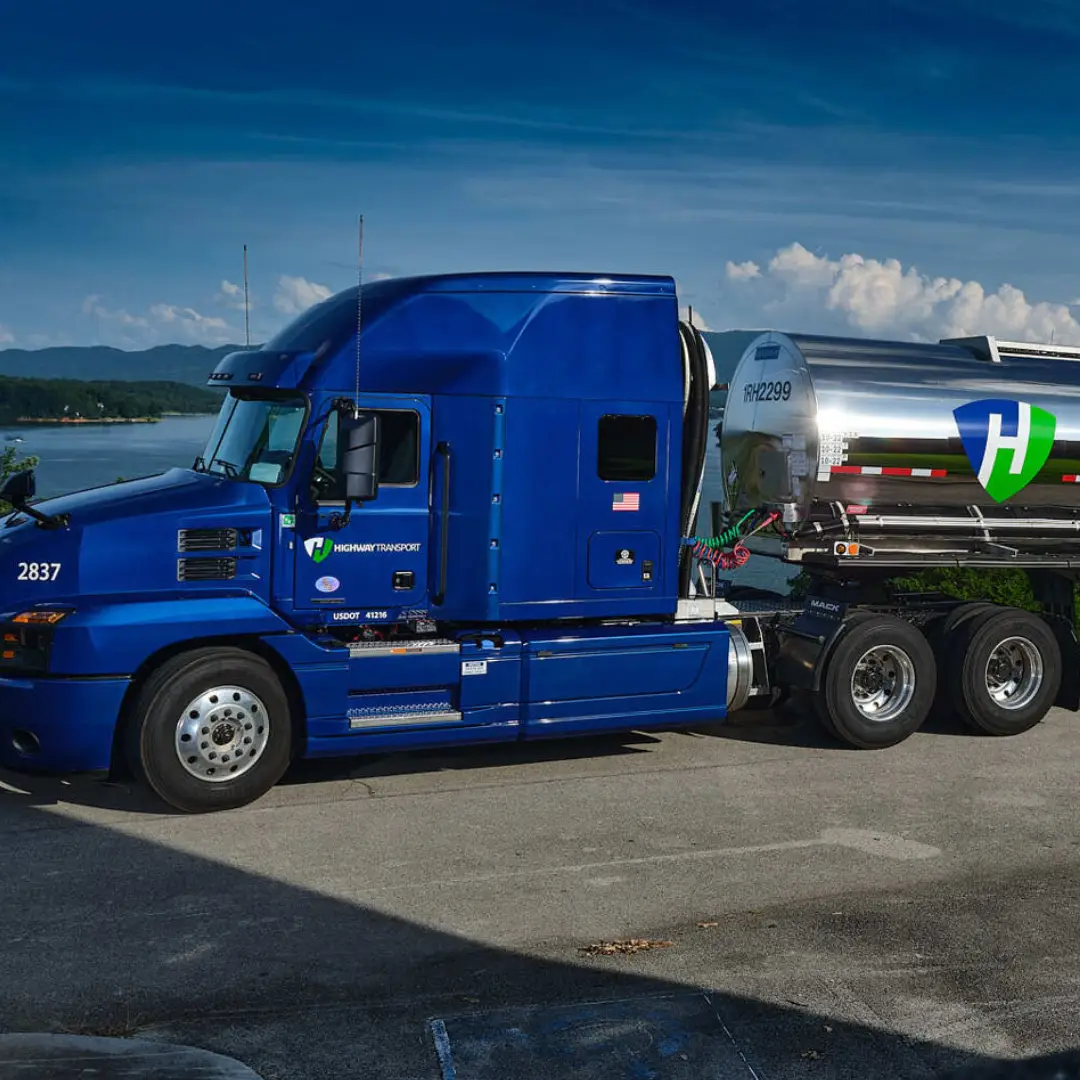How Highway Transport Successfully Facilitated Driver Change Management to Exceed Its Sustainability Goals
OBJECTIVES
Motivated by rising maintenance costs and industry sustainability demands, Highway Transport sought to tackle excessive engine idling in their tanker fleet. They aimed to reduce idle times without compromising driver comfort, prioritizing fuel efficiency and operational savings. Choosing Idle Smart was influenced by its proven effectiveness, ease of integration, and alignment with their sustainability goals.
CHALLENGES
The adoption of Idle Smart faced resistance from drivers worried about disruptions to their routines and comfort levels during rest periods. Overcoming these objections demanded a strategic approach that addressed operational needs while prioritizing driver well-being and engagement.
Through clear communication, targeted training, and a focus on the tangible benefits of Idle Smart, Highway Transport successfully navigated these challenges, positioning the solution as the preferred option to enhance fleet performance and driver satisfaction.
“To date, Idle Smart has contributed to savings of 16,025 gallons of diesel for Highway with 171 units currently installed. More importantly, we have reduced emissions by 359,758 lbs. of CO2. Idle Smart has also eliminated 2,040 potential events by starting our trucks when voltage of the batteries reached a critically low output. These could have easily resulted in jump starts that cost time and money.”
– Travis O’Banion, Managing Director Safety and Sustainability, Highway Transport
SOLUTIONS
Clear Communication
Highway Transport prioritized delivering a consistent and clear message across its fleet on why it decided to implement Idle Smart. Messaging was reinforced during Town Hall calls and on Highway TV, which broadcasts key initiatives across all service centers.
Targeted Training
Highway Transport included training on the benefits and usage of Idle Smart in New Driver Orientation, as well as making written documentation and guides to using Idle Smart easily available for drivers to access. Additionally, Idle Smart training was included in the printed manual located inside each truck.
Supporting Data
Highway Transport conducted a sleep study of some of its drivers to support that Idle Smart did not significantly impact the time a driver is able to sleep.
How does Idle Smart benefit drivers?
✓ Stay comfortable – even in extreme weather conditions✓ Maintain cabin temperature without the key in the cab
✓ Keep batteries charged without having to idle the truck
✓ Reduce avoidable wear and tear on trucks
✓ Minimize schedule delays from unexpected downtime
